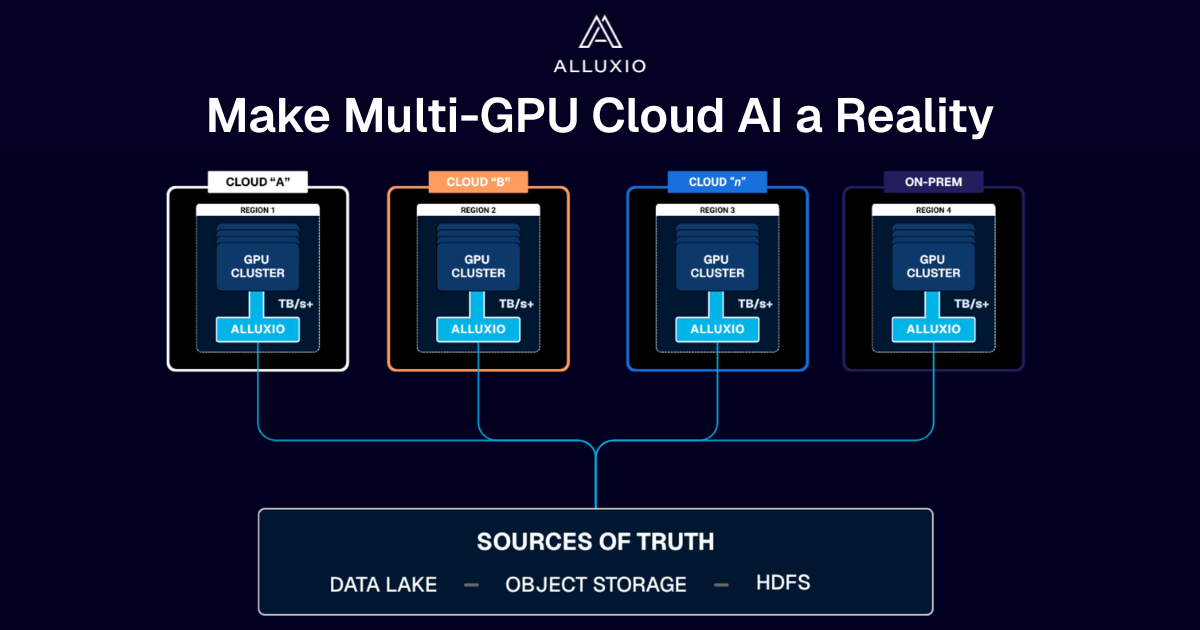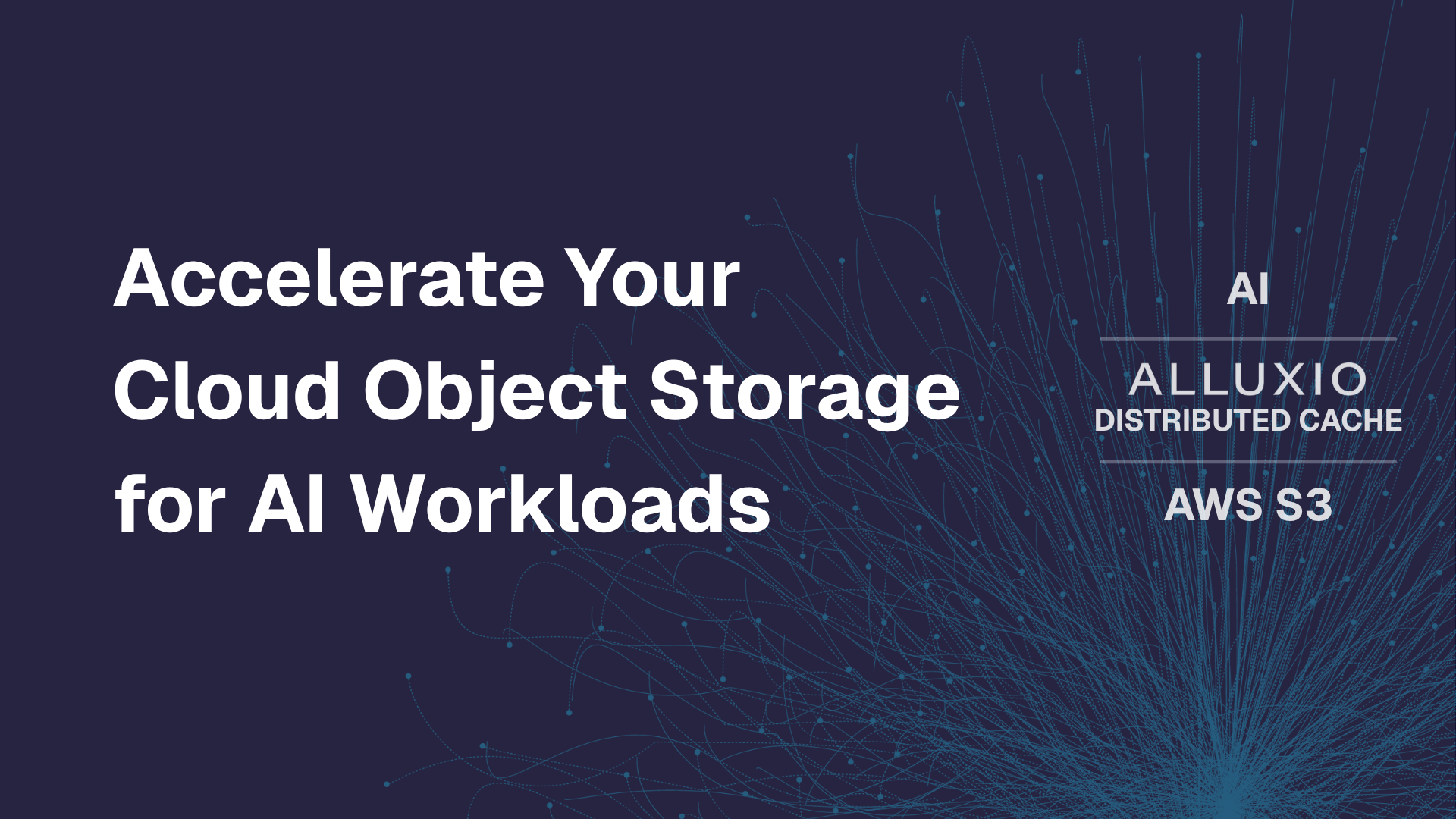Products
Whats new in Alluxio 2.2
March 11, 2020
We are extremely excited to announce the release of Alluxio 2.2.0!
With this release comes the General Availability (GA) of Alluxio Structured Data Services (SDS), the subsystem of Alluxio responsible for managing and transforming structured data, such as databases, tables, and partitions.
Alluxio 2.2.0 also contains several major improvements to the stability, reliability, and performance of the core system. It is intended to be backwards compatible with previous releases on the Alluxio 2.x line.
Downloads can be found here. Thanks to everyone who has contributed to this release! And here are some release highlights:
Alluxio Structured Data Service (SDS)
The Alluxio SDS provides database, table, and partition level metadata to compute frameworks, such as Presto. Based on the data access pattern or explicit user request, it invokes the transformation engine to transparently reorganize data to best fit the workload’s needs, which can provide up to 5x performance improvement.
Alluxio 2.2.0 marks the GA of SDS for read-only workloads. A native integration with Presto is available in the latest Presto release. For older versions of Presto, the connector can be found in the Alluxio release artifact.
Welcome to try it out by reading more about how to get started with Alluxio's structured data service in the documentation!
Alluxio Data Service
The new data service includes two main components - the Data Service Engine and Data Service Monitoring.
Data Service Engine
The Data Service Engine has been rearchitected to support high performance and scalability required in large scale deployments, especially when utilizing Alluxio SDS.
Data Service Monitoring
In this release, Alluxio Data Service also includes a new CLI for querying information about the state of the job service and throttling capabilities based on the load a node is experiencing. See the documentation for more details.
Alluxio Core
Journal
Online journal backups are now available. A secondary master will take a backup of the journal while the primary master continues to serve requests, allowing for backups to be taken with no downtime.
DevOps - Log Collection
The Alluxio CLI packages a cluster diagnostic tool, `collectInfo`. This allows users to easily gather relevant cluster information for debugging purposes. See the docs for more information.
You can see full details of Alluxio 2.2.0 in the release notes.
As a next step, take a look at our first blog in the Serving Structured Data in Alluxio series.
Enjoy the new release and look forward to hearing your feedback (community slack channel)!
Bin, Calvin, Gene, Zac and the Alluxio Developer Community
.png)
Blog

Make Multi-GPU Cloud AI a Reality
If you’re building large-scale AI, you’re already multi-cloud by choice (to avoid lock-in) or by necessity (to access scarce GPU capacity). Teams frequently chase capacity bursts, “we need 1,000 GPUs for eight weeks,” across whichever regions or providers can deliver. What slows you down isn’t GPUs, it’s data. Simply accessing the data needed to train, deploy, and serve AI models at the speed and scale required – wherever AI workloads and GPUs are deployed – is in fact not simple at all. In this article, learn how Alluxio brings Simplicity, Speed, and Scale to Multi-GPU Cloud deployments.

Alluxio's Strong Q2: Sub-Millisecond AI Latency, 50%+ Customer Growth, and Industry-Leading MLPerf Results
Alluxio's strong Q2 featured Enterprise AI 3.7 launch with sub-millisecond latency (45× faster than S3 Standard), 50%+ customer growth including Salesforce and Geely, and MLPerf Storage v2.0 results showing 99%+ GPU utilization, positioning the company as a leader in maximizing AI infrastructure ROI.
Sign-up for a Live Demo or Book a Meeting with a Solutions Engineer
No items found.

